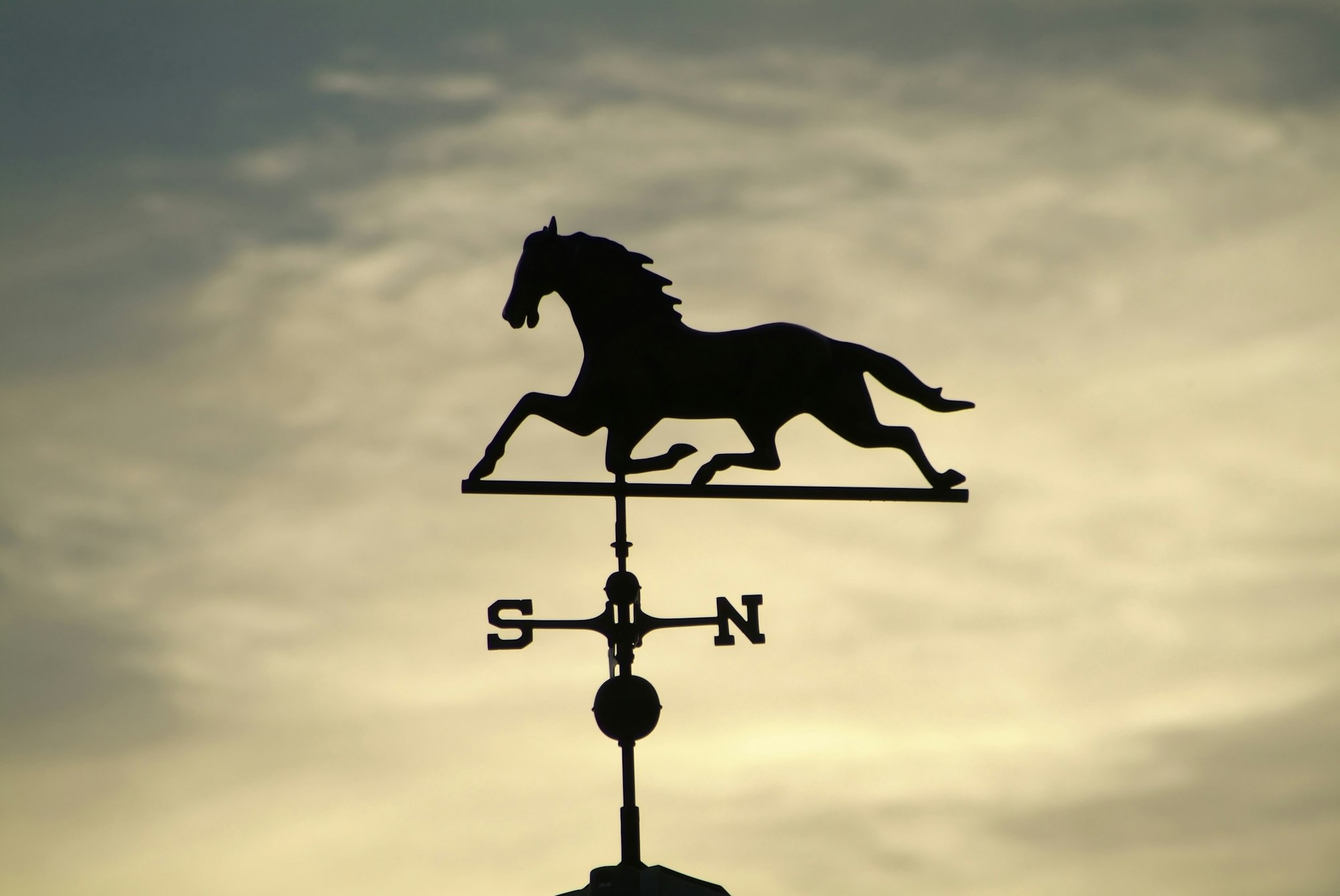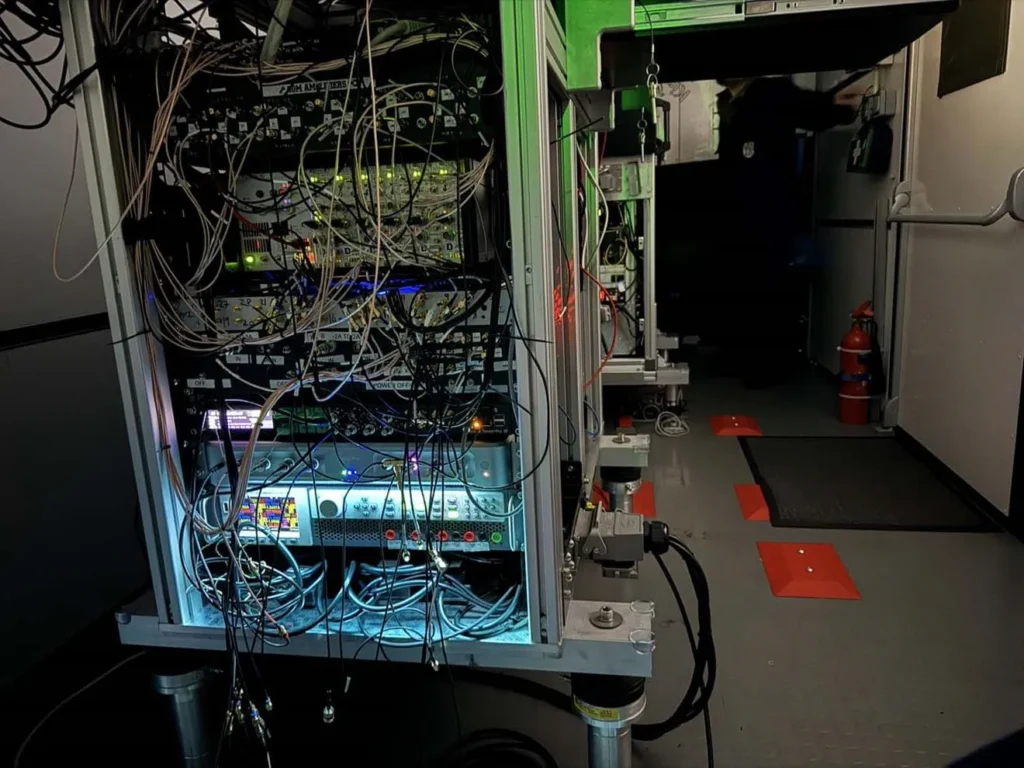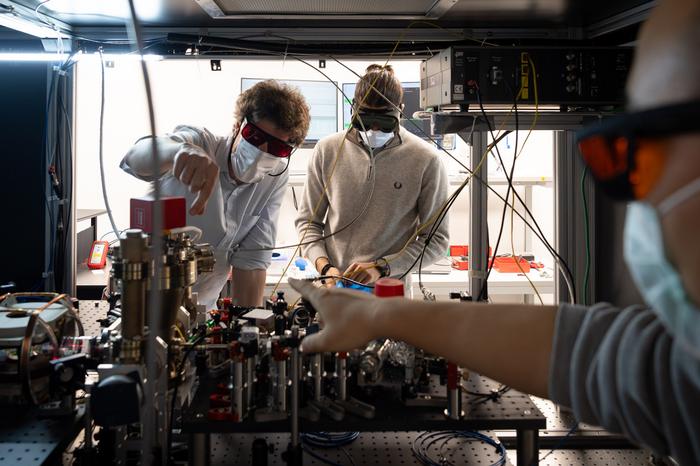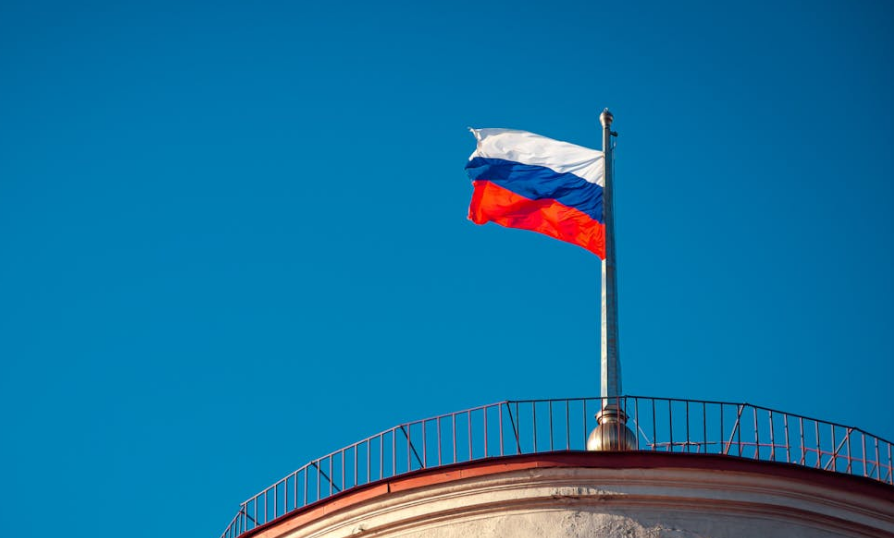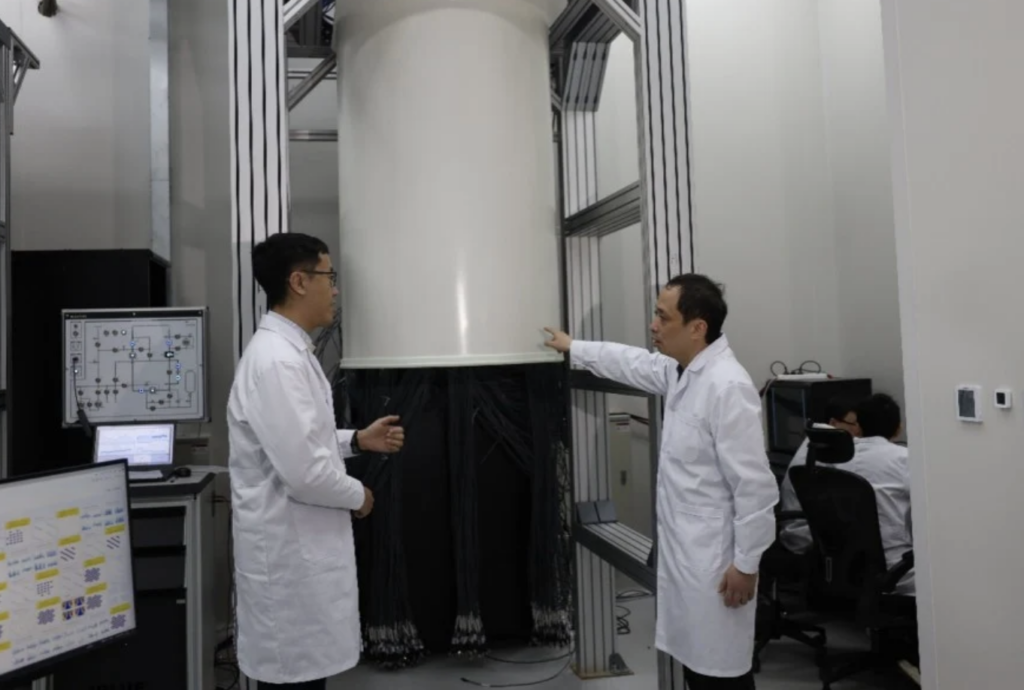Insider Brief
- A research team developed a wind-sensing quantum lidar prototype based on up-conversion quantum interference, publishing the study in ACS Photonics.
- The quantum lidar system, using HOM interference and quantum erasure, features single-photon sensitivity, high quantum efficiency and multi-wavelength applicability.
- In field tests, the system detected wind fields at a distance of 16 km with 7x higher sensitivity than traditional lidar, achieving a consistency of R² = 0.997 and recording optical signals over a bandwidth of 17 GHz at MHz sampling rates.
PRESS RELEASE — A research team led by Prof. XUE Xianghui from the University of Science and Technology of China (USTC) of the Chinese Academy of Sciences (CAS) proposed a wind sensing lidar theory based on up-conversion quantum interference and successfully developed a prototype. Their work was published in ACS Photonics.
The primary goal of lidar technology is to “see further and finer details, measure faster and more accurately.” Single-photon lidar offers significant improvements over traditional lidar by achieving single photon detection. Researchers have been exploring ways to utilize precise quantum measurement principles in quantum lidar. Since its discovery in 1987, Hong-Ou-Mandel (HOM) interference (also called two-photon interference) has played a crucial role in precise time measurement, quantum state analysis, and quantum information processing. Application of HOM interference in quantum lidar has become a major research focus.
The research team proposed a theory of utilizing HOM interference and high-order quantum erasure to demonstrate quantum interference phenomena with independent photons from different light sources. HOM interference is a quantum optical phenomenon where interference occurs between two photons, even when they do not coexist, showing correlations. Quantum erasure is a quantum mechanical process that can eliminate or restore quantum entanglement between two photons by manipulating additional photons. Based on this theory, the team developed a two-photon interference atmospheric lidar system using an up-conversion detector. This system features single-photon sensitivity, high quantum efficiency, wide detection bandwidth, and multi-wavelength applicability.

Results showed that this quantum lidar system can record optical signals over a bandwidth of more than 17 GHz (corresponding to 13 km/s) at an MHz sampling rate, solving the high sampling rate and large data storage challenges for weak signals in the continuous detection of ultrafast targets. Moreover, in field experiments, the quantum interference lidar system achieved wind field detection at a horizontal distance of 16 km with an energy of 70 µJ, improving the detection sensitivity by 7 times compared to existing lidar systems, with a wind field detection consistency of R² = 0.997.
The successful long-distance wind sensing demonstrates the great potential of this novel quantum interference lidar technology in weak signal measurement. It can measure optical frequencies without using a frequency discrimination device, combining the advantages of both direct and coherent detection. The quantum lidar system has already achieved fiber integration and compactness, showing promise for future applications in continuous remote sensing of ultrahigh-speed moving targets.
The peer reviewers have highly praised this work, describing it as “a significant advancement in the field of atmospheric lidar technology” and stating that “the efficiency of this method is one order of magnitude higher than traditional detection methods.”

